Throughput Maximization Algorithm for Intelligent Reflecting Surface-aided Unmanned Aerial Vehicle Communication Networks with Wireless Energy Transfer
-
摘要: 为了解决城市场景中无人机(UAV)与地面终端设备(GUs)间易受到障碍物阻挡的问题,该文提出一种基于智能反射面(IRS)辅助的UAV供能通信网络吞吐量最大化算法。首先,在满足能量因果、IRS相移、UAV移动性等约束条件下,建立了一个联合IRS相移设计、GU无线资源分配、UAV飞行轨迹设计的多变量耦合优化模型。其次,通过快坐标下降法(BCD)将原非凸问题转换为3个易于处理的子问题,并通过三角不等式、引入松弛变量、连续凸近似(SCA)等方法,对子问题进行转化求解。仿真结果表明,该文所提算法具有较好的收敛性,同时可有效提高系统总吞吐量。Abstract: In order to mitigate the adverse effect of blockages between the Unmanned Aerial Vehicle (UAV) and Ground Users (GUs), a throughput maximization algorithm for an Intelligent Reflecting Surface (IRS)-aided UAV communication network is proposed. First, considering the constraints of the energy causality, the IRS phase-shift, the UAV mobility, etc, a multi-variable coupling optimization problem is proposed with jointly optimizing the phase-shift of the IRS, the resource allocation of GUs, and the UAV trajectory. Second, the original non-convex problem is decomposed into three simpler sub-problems via the Block Coordinate Descent (BCD), which are tackled by the triangle inequality, introducing the slack variables and Successive Convex Approximation (SCA). Numerical results show that the proposed algorithm has a desirable convergence, as well as improves effectively the system sum-throughput.
-
表 1 基于BCD的资源分配算法
初始化系统参数:$ {{\boldsymbol{\varTheta }}^{(0)}} $, $ {{\boldsymbol{P}}^{(0)}} $, $ {\boldsymbol{t}}_{\text{E}}^{(0)} $, $ {\boldsymbol{t}}_m^{(0)} $, $ {{\boldsymbol{q}}^{(0)}} $, $ {\psi ^{(0)}} $;设置最大迭代次数$ {L_{{\text{max}}}} $;设置收敛精度$ \varepsilon \gt 0 $;迭代次数$ l = 0 $; (1) Repeat (2) 设置迭代次数$ l = l + 1 $; (3) 根据给定的$ {{\boldsymbol{P}}^{(l - 1)}} $, $ {\boldsymbol{t}}_{\text{E}}^{(l - 1)} $, $ {\boldsymbol{t}}_m^{(l - 1)} $, $ {{\boldsymbol{q}}^{(l - 1)}} $,通过式(11)更新$ {{\boldsymbol{\varTheta }}^{(l)}} $; (4) 根据给定的$ {{\boldsymbol{\varTheta }}^{(l)}} $和$ {{\boldsymbol{q}}^{(l - 1)}} $,通过求解问题式(13)得到$ {{\boldsymbol{P}}^{(l)}} $, $ {\boldsymbol{t}}_{\text{E}}^{(l)} $和$ {\boldsymbol{t}}_m^{(l)} $; (5) 根据给定的$ {{\boldsymbol{P}}^{(l)}} $, $ {\boldsymbol{t}}_{\text{E}}^{(l)} $, $ {\boldsymbol{t}}_m^{(l)} $和$ {{\boldsymbol{\varTheta }}^{(l)}} $,通过求解问题式(20)得到$ {{\boldsymbol{q}}^{(l)}} $; (6) Until $ |{\psi ^{(l)}} - {\psi ^{(l - 1)}}| \le \varepsilon $或者$ l \ge {L_{{\text{max}}}} $; (7) 结束并输出结果。 -
[1] LUO Weiran, SHEN Yanyan, YANG Bo, et al. Joint 3-D trajectory and resource optimization in multi-UAV-enabled IoT networks with wireless power transfer[J]. IEEE Internet of Things Journal, 2021, 8(10): 7833–7848. doi: 10.1109/JIOT.2020.3041303 [2] YANG Zhaohui, XU Wei, and SHIKH-BAHAEI M. Energy efficient UAV communication with energy harvesting[J]. IEEE Transactions on Vehicular Technology, 2020, 69(2): 1913–1927. doi: 10.1109/TVT.2019.2961993 [3] 徐勇军, 高正念, 王茜竹, 等. 基于智能反射面辅助的无线供电通信网络鲁棒能效最大化算法[J]. 电子与信息学报, 待发表.XU Yongjun, GAO Zhengnian, WANG Qianzhu, et al. Robust energy efficiency maximization algorithm for intelligent reflecting surface-aided wireless powered-communication networks[J]. Journal of Electronics & Information Technology, To be published. [4] WU Qingqing and ZHANG Rui. Beamforming optimization for wireless network aided by intelligent reflecting surface with discrete phase shifts[J]. IEEE Transactions on Communications, 2020, 68(3): 1838–1851. doi: 10.1109/TCOMM.2019.2958916 [5] FANG Sisai, CHEN Gaojie, and LI Yonghui. Joint optimization for secure intelligent reflecting surface assisted UAV networks[J]. IEEE Wireless Communications Letters, 2021, 10(2): 276–280. doi: 10.1109/LWC.2020.3027969 [6] MEI Haibo, YANG Kun, SHEN Jun, et al. Joint trajectory-task-cache optimization with phase-shift design of RIS-assisted UAV for MEC[J]. IEEE Wireless Communications Letters, 2021, 10(7): 1586–1590. doi: 10.1109/LWC.2021.3074990 [7] ZOU Yuze, GONG Shimin, XU Jing, et al. Wireless powered intelligent reflecting surfaces for enhancing wireless communications[J]. IEEE Transactions on Vehicular Technology, 2020, 69(10): 12369–12373. doi: 10.1109/TVT.2020.3011942 [8] LI Jingyi, XU Sai, LIU Jiajia, et al. Reconfigurable intelligent surface enhanced secure aerial-ground communication[J]. IEEE Transactions on Communications, 2021, 69(9): 6185–6197. doi: 10.1109/TCOMM.2021.3086517 [9] RANJHA A and KADDOUM G. URLLC facilitated by mobile UAV relay and RIS: A joint design of passive beamforming, blocklength, and UAV positioning[J]. IEEE Internet of Things Journal, 2021, 8(6): 4618–4627. doi: 10.1109/JIOT.2020.3027149 [10] CAO Xuelin, YANG Bo, HUANG Chongwen, et al. Reconfigurable intelligent surface-assisted aerial-terrestrial communications via multi-task learning[J]. IEEE Journal on Selected Areas in Communications, 2021, 39(10): 3035–3050. doi: 10.1109/JSAC.2021.3088634 [11] XIE Lifeng, XU Jie, and ZHANG Rui. Throughput maximization for UAV-enabled wireless powered communication networks[J]. IEEE Internet of Things Journal, 2019, 6(2): 1690–1703. doi: 10.1109/JIOT.2018.2875446 [12] WU Qingqing and ZHANG Rui. Intelligent reflecting surface enhanced wireless network via joint active and passive beamforming[J]. IEEE Transactions on Wireless Communications, 2019, 18(11): 5394–5409. doi: 10.1109/TWC.2019.2936025 [13] BOYD S and VANDENBERGHE L. Convex Optimization[M]. Cambridge: Cambridge University Press, 2004. [14] YOU Changsheng and ZHANG Rui. Hybrid offline-online design for UAV-enabled data harvesting in probabilistic LoS channels[J]. IEEE Transactions on Wireless Communications, 2020, 19(6): 3753–3768. doi: 10.1109/TWC.2020.2978073 [15] YANG Gang, DAI Rao, and LIANG Yingchang. Energy-efficient UAV backscatter communication with joint trajectory design and resource optimization[J]. IEEE Transactions on Wireless Communications, 2021, 20(2): 926–941. doi: 10.1109/TWC.2020.3029225 -





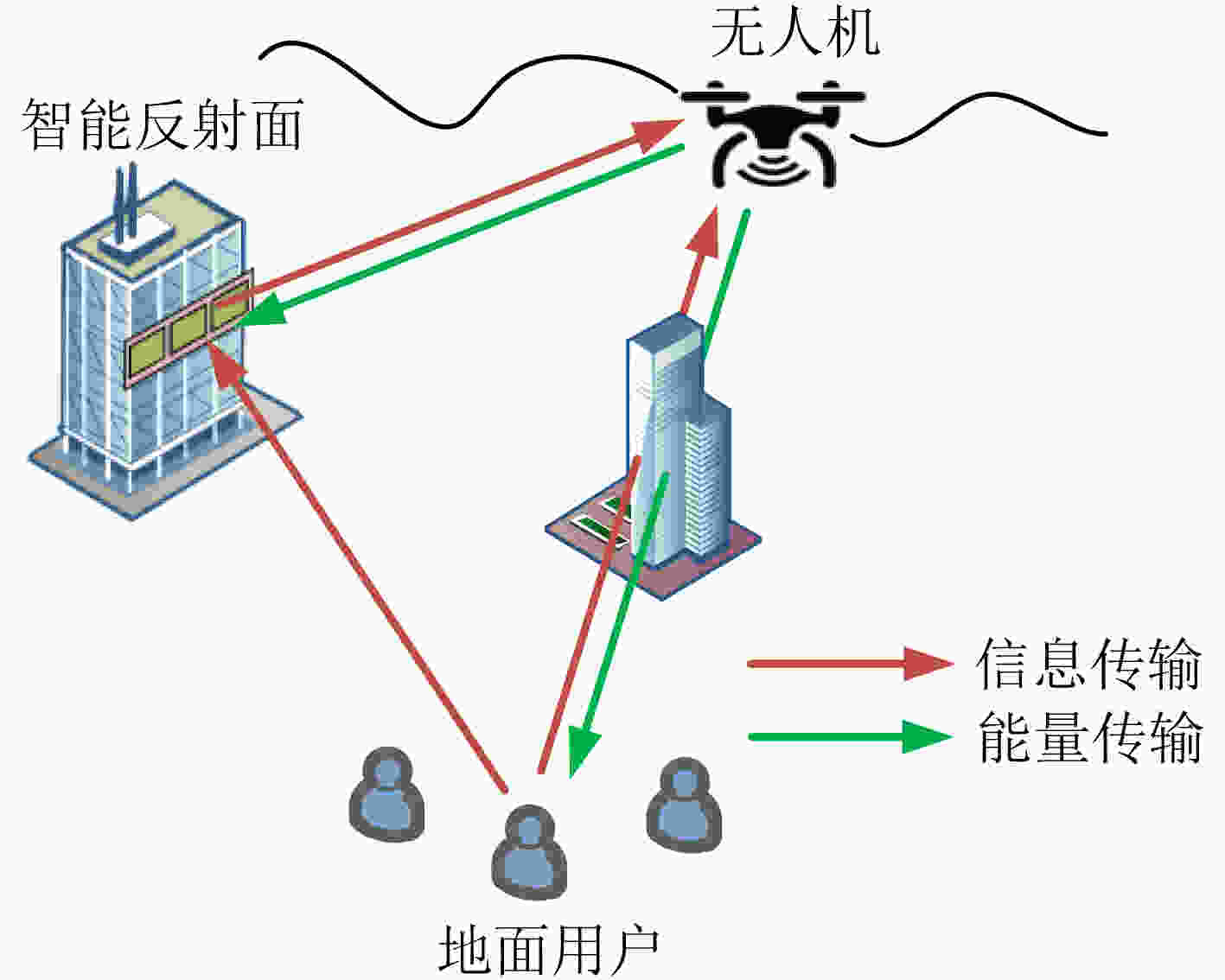
 下载:
下载:
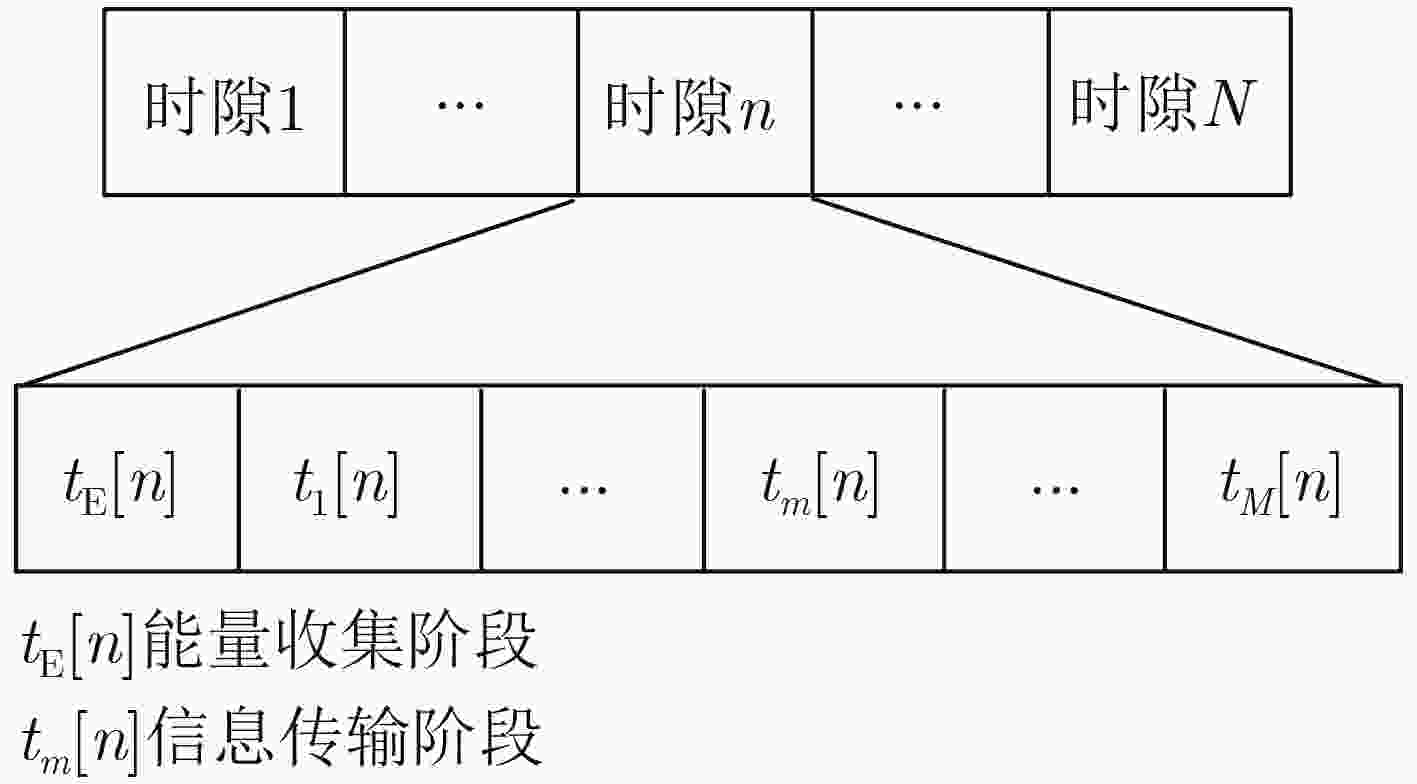
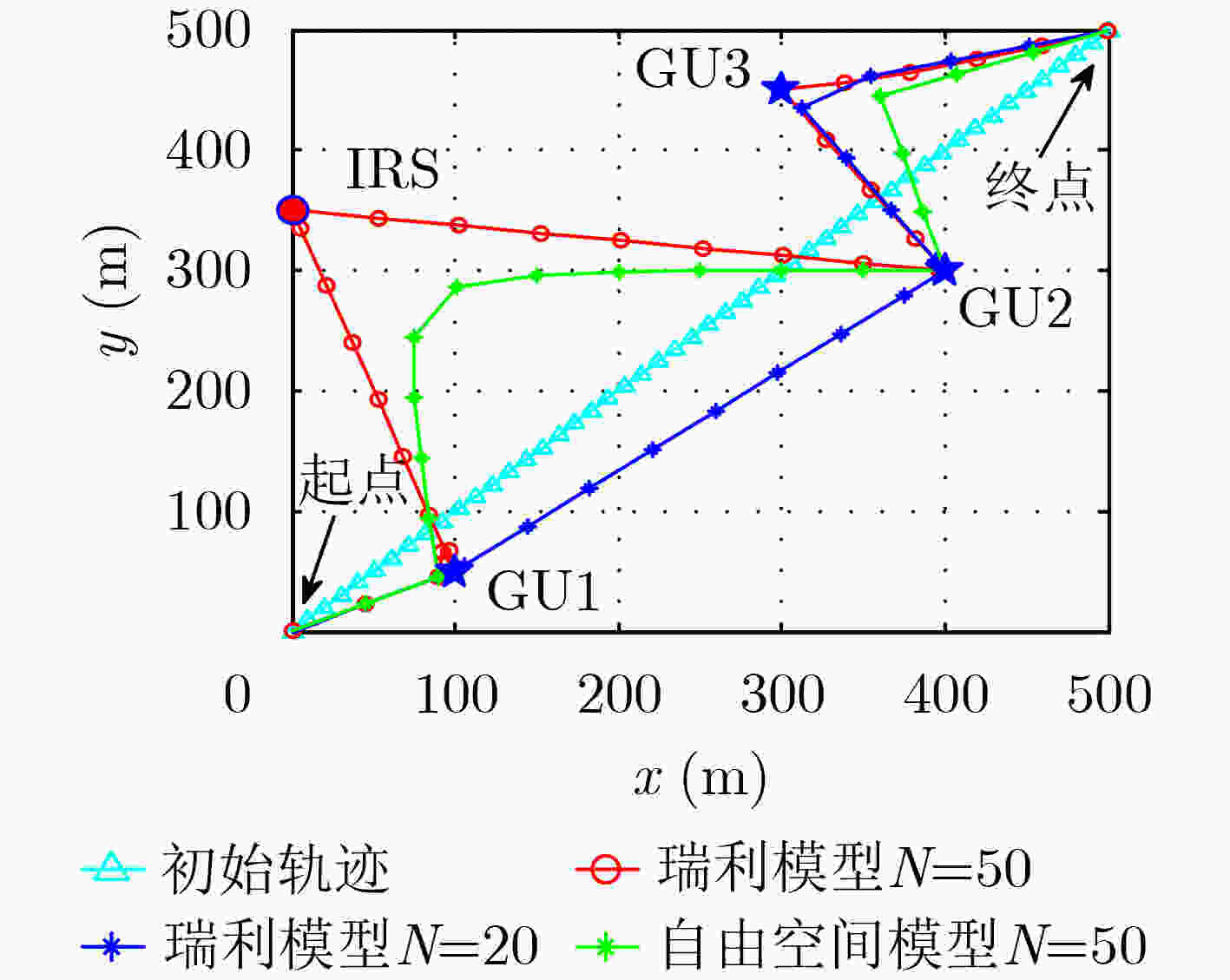
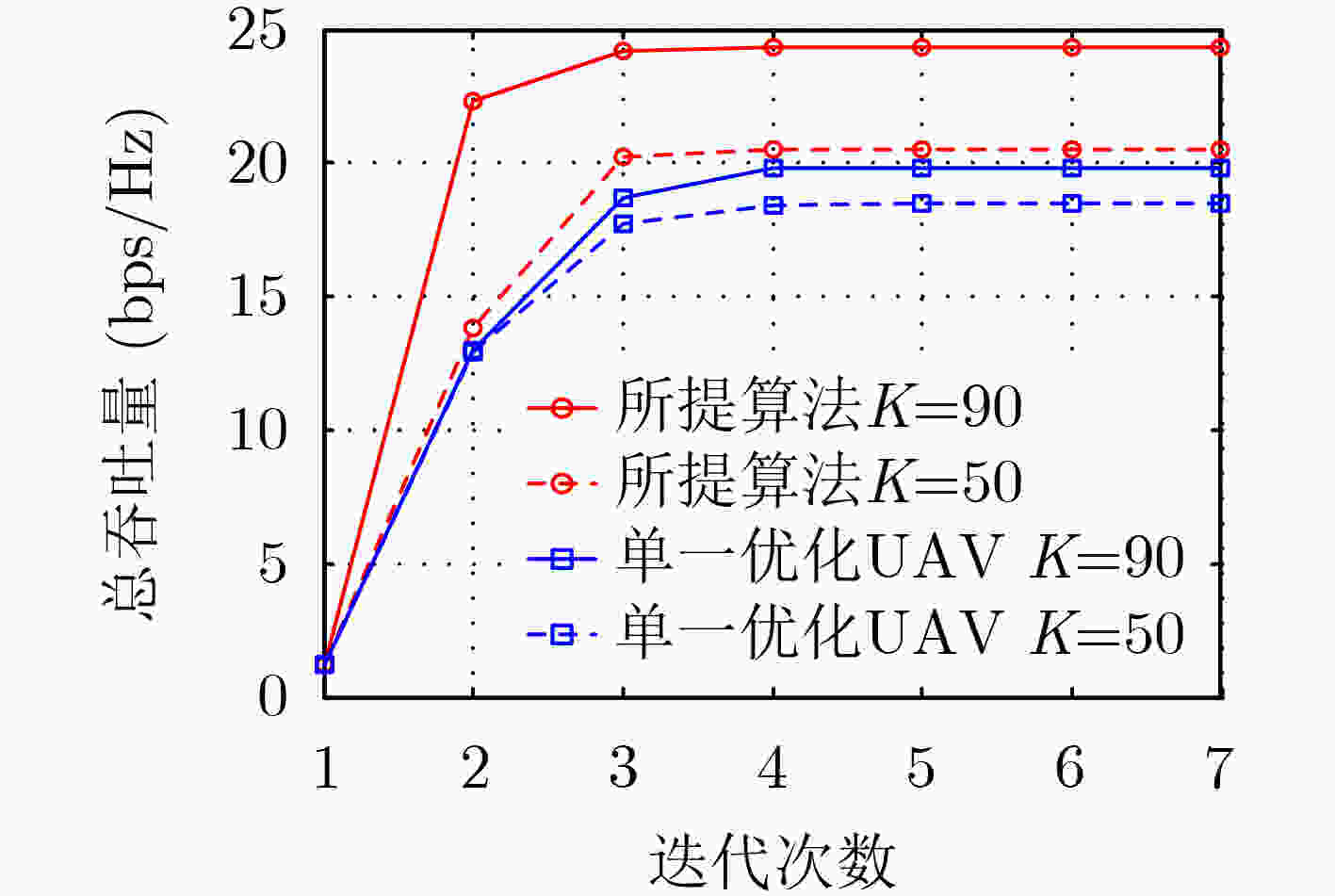
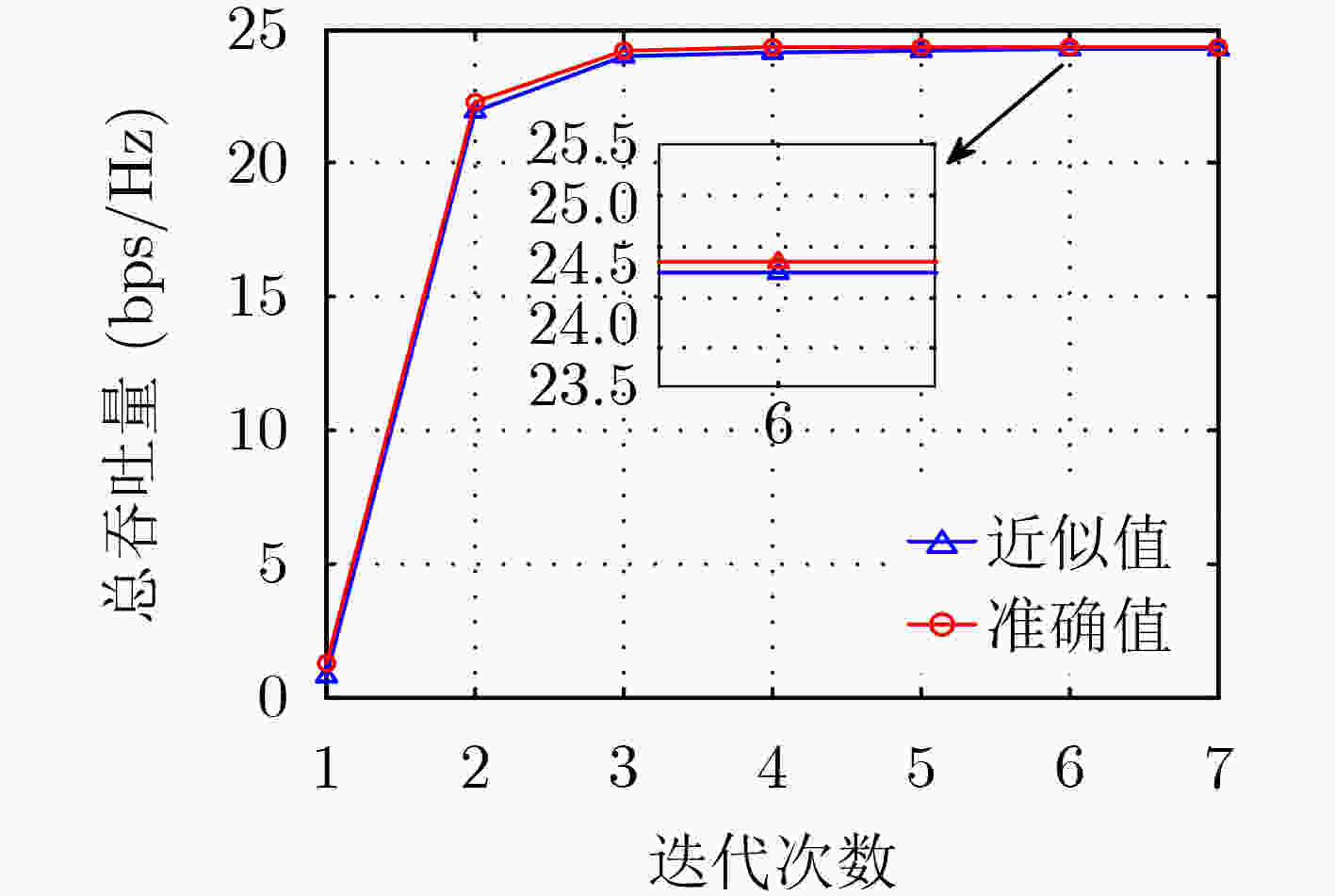



 下载:
下载:
